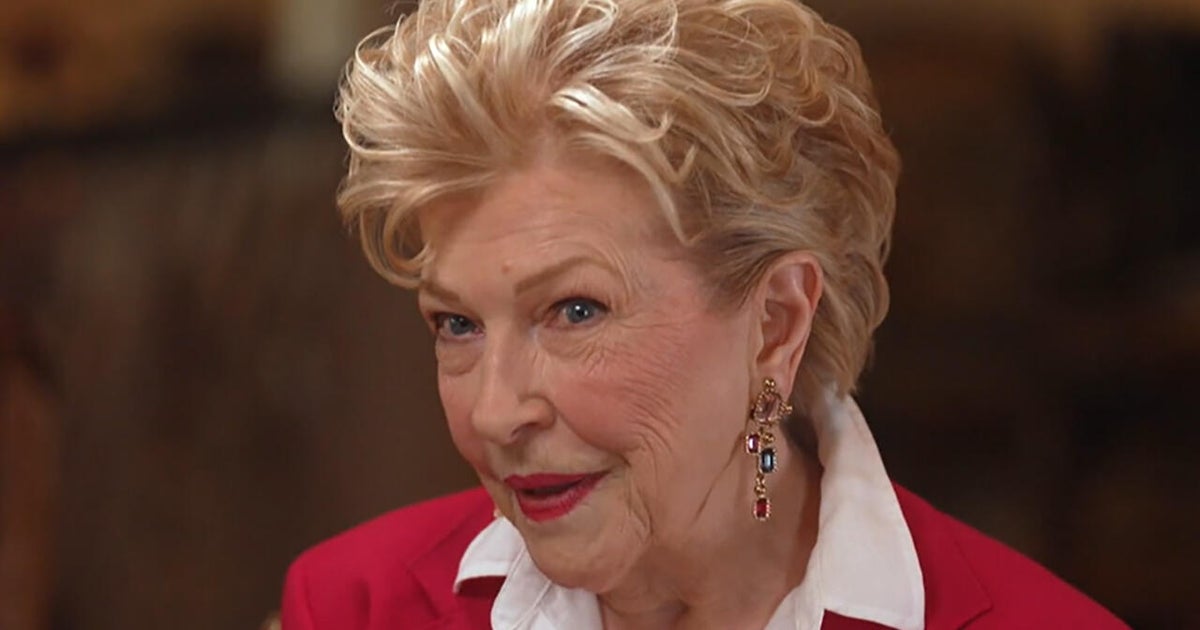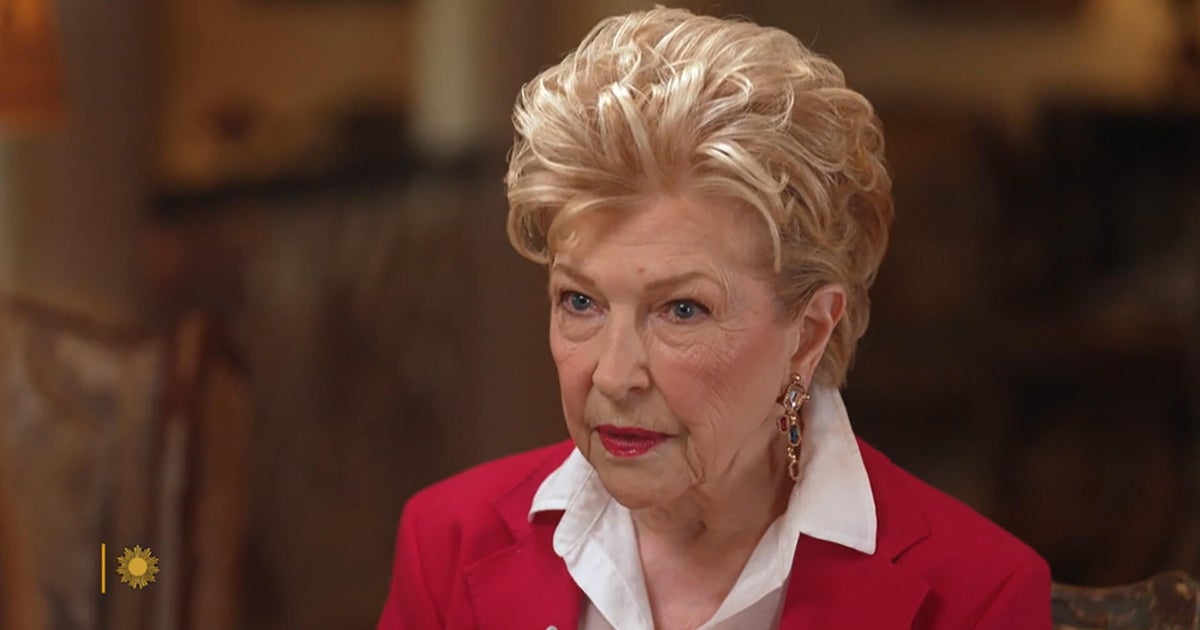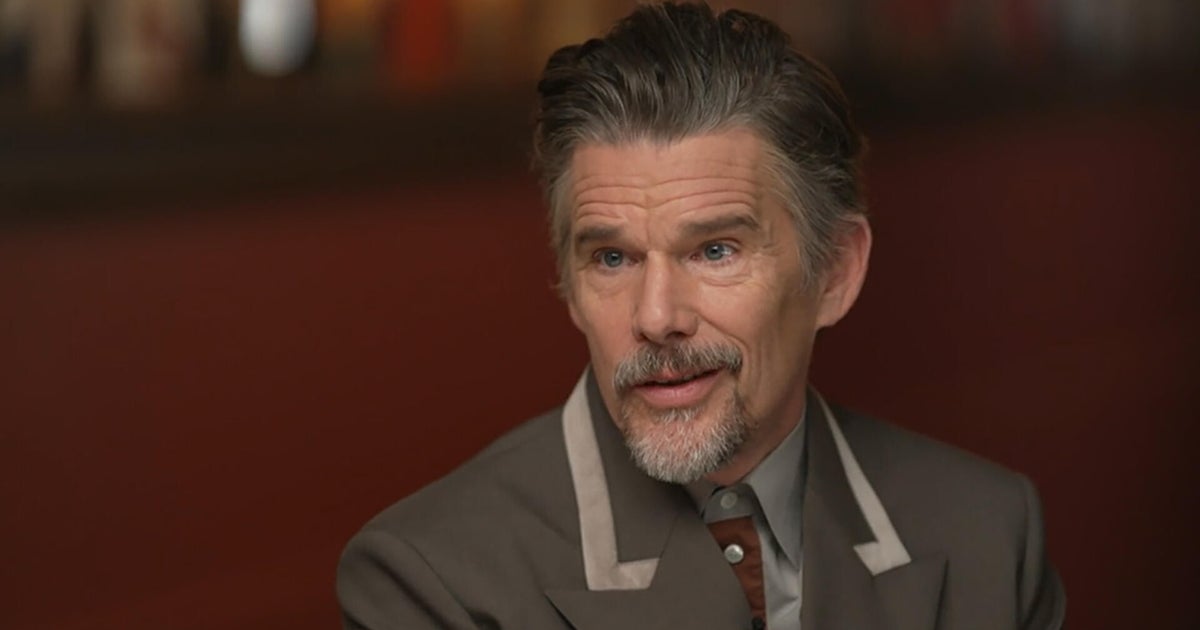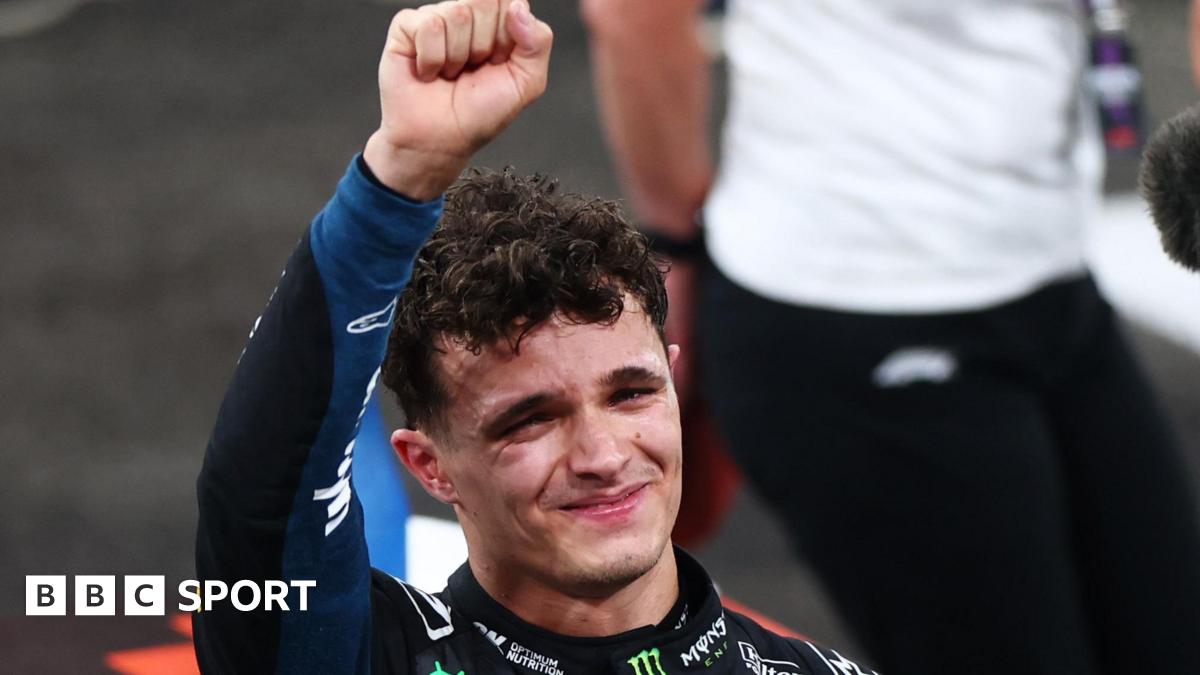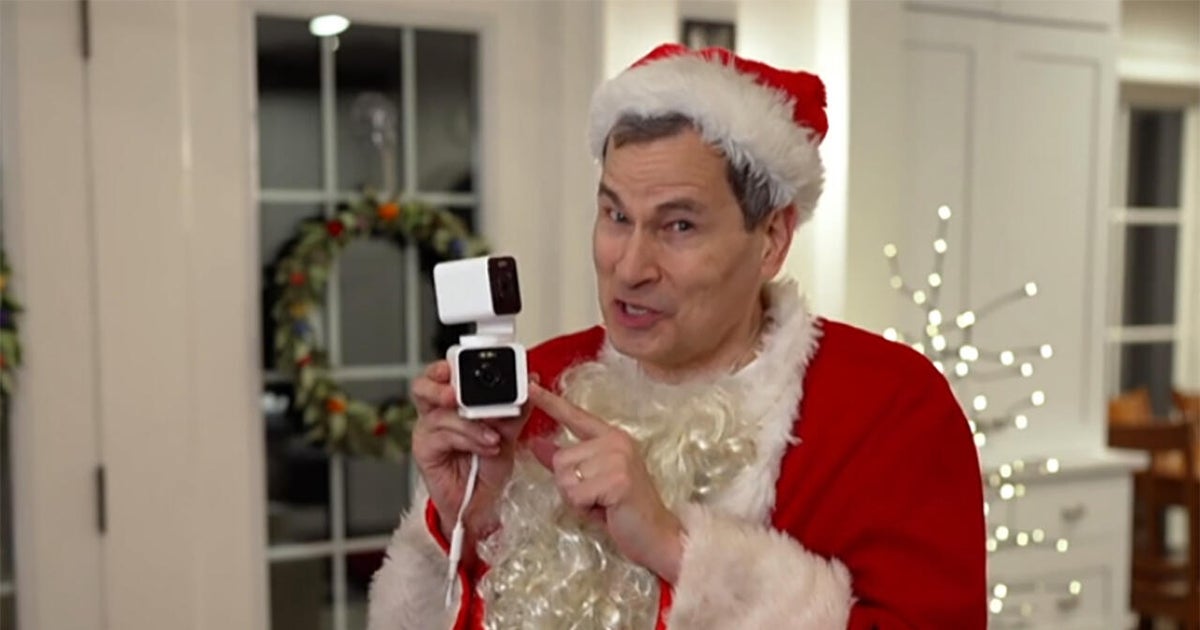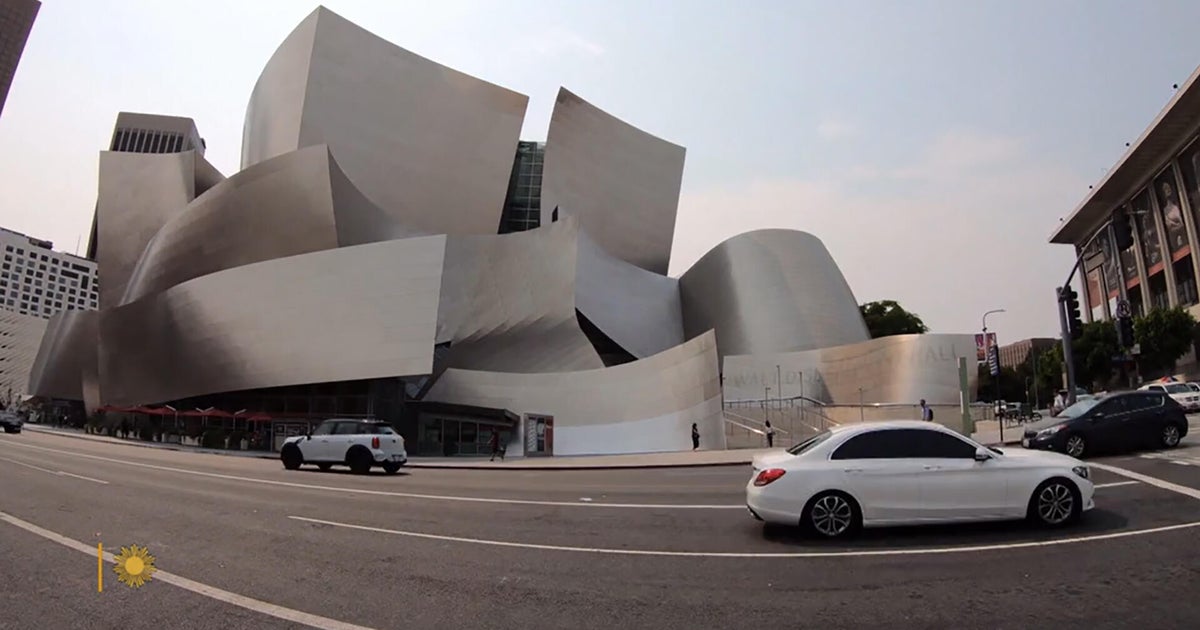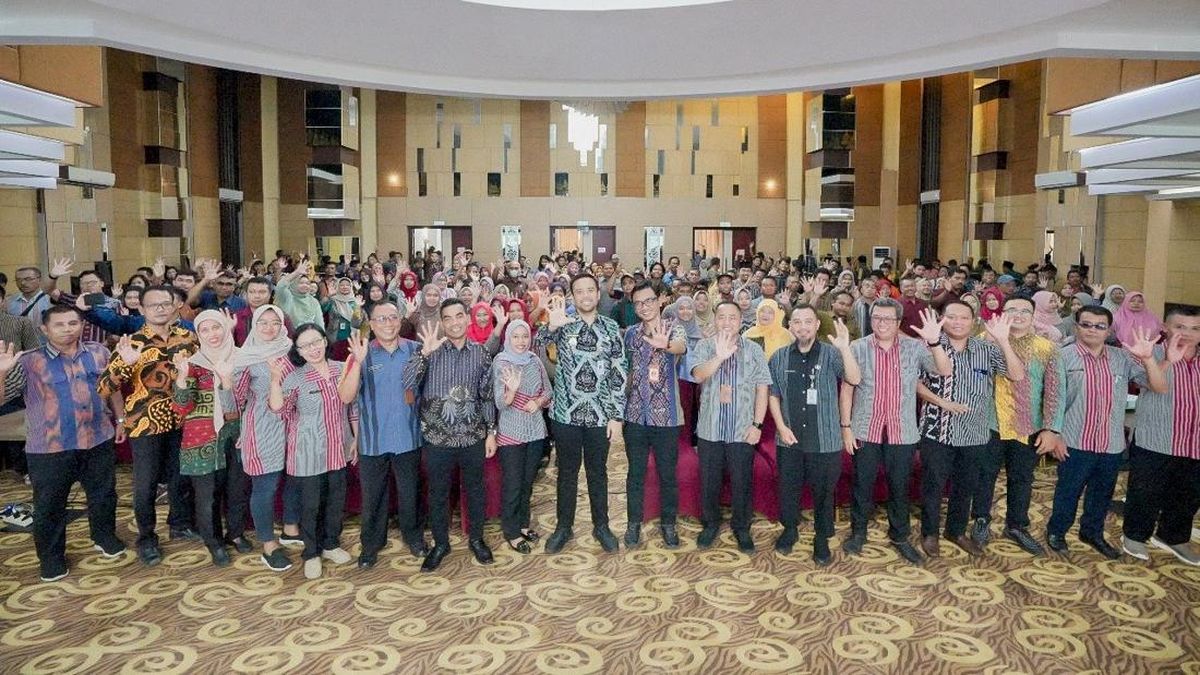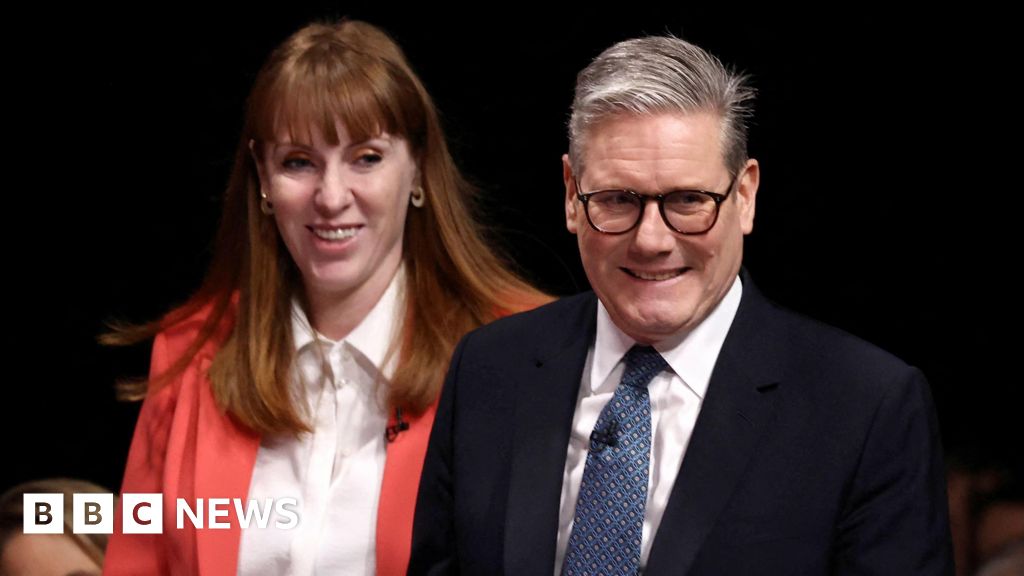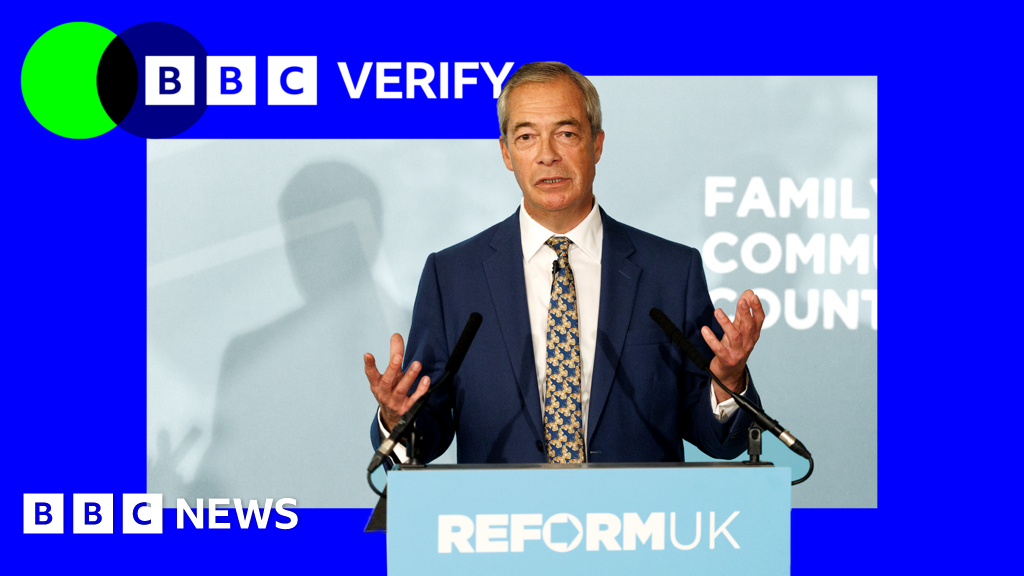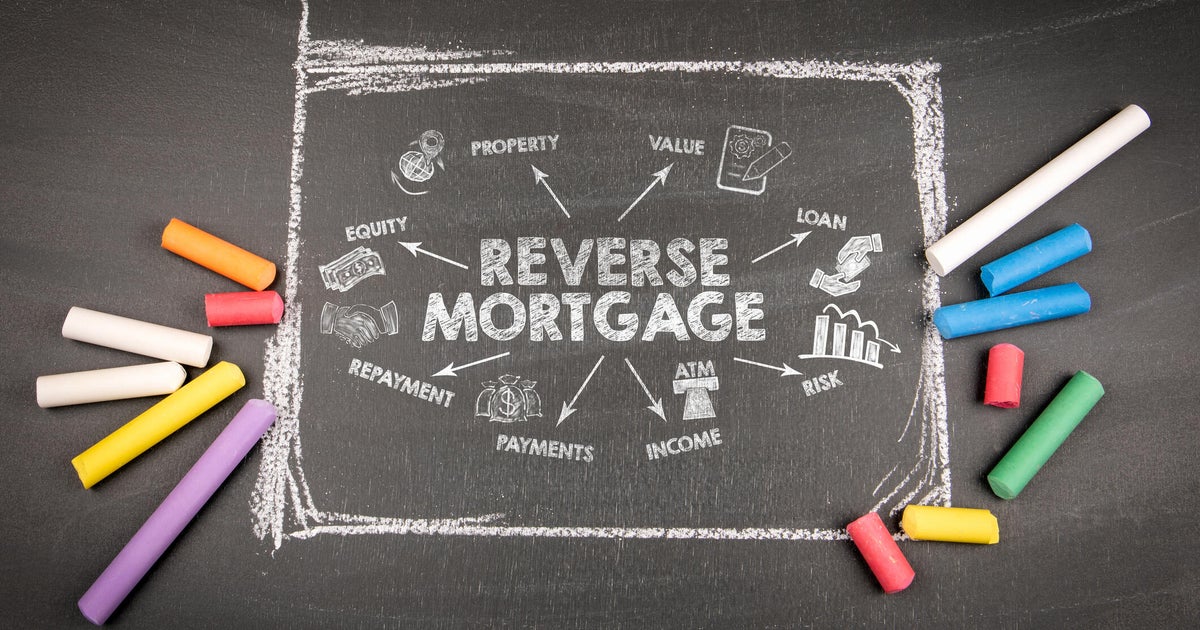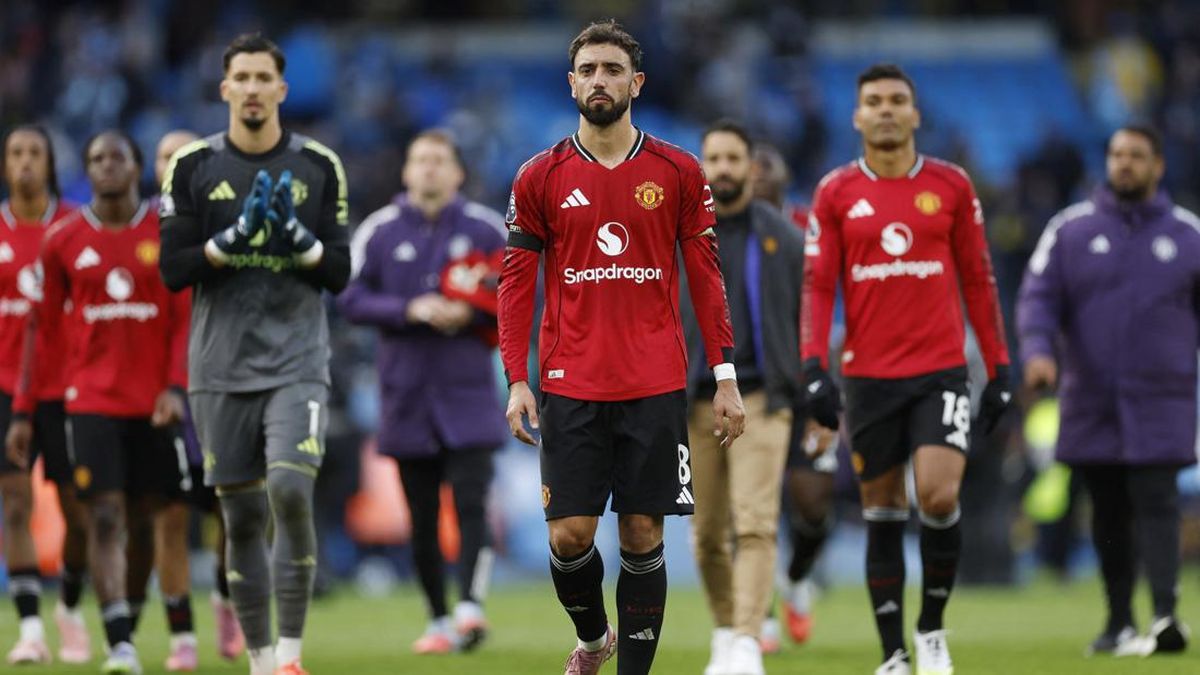Taylor Swift has released another album, which means any record-holding musician is likely to be shaking in their boots.
Shortly after The Life of a Showgirl landed, the pop juggernaut dethroned Adele for most US sales in the first week and became the solo artist with the most No. 1 albums on the Billboard 200. Her reported $US1.6 billion ($2.5 billion) net worth also probably enjoyed a healthy bump.
This kind of overwhelming success – particularly for an album that received mixed reviews – doesn’t just happen naturally. A massive marketing machine was constantly roaring behind the scenes, pushing the music forward both before and after release.
Swift’s machine facilitated a surprise cross-audience announcement on a sports podcast, over 30 variants of the album, a one-weekend-only movie event, a Spotify pop-up, and, of course, endless Easter eggs – and that’s just a few of her tactics.
Music promotion wasn’t always like this. In fact, it has evolved significantly over the past five decades. So, how has marketing in the music space morphed into the beast that it is today, and what does it mean for the quality of the music and those who listen to it?

The Life of a Showgirl didn’t just break all of those records naturally. There was a major machine working behind it.Credit: Alamy Stock Photo
Music promo’s past
Loading
The only musicians to still boast more No. 1 albums on the Billboard 200 than Swift are The Beatles. This is particularly impressive given they peaked during the 1960s and ’70s, a time when music marketing was more linear and contained.
Marketing lecturer at Torrens University Dr Shane Murphy says promotion was largely handled by major record labels during this period.
“They funded promotion and had established networks with traditional media like print, TV and, most importantly, radio. Radio airplay was the key to being discovered early on, combined with television appearances.”
Take The Beatles’ 1963 Please Please Me album. Following the major success of their single, the band pushed this album to the public as quickly as possible, appearing on UK TV shows such as Thank Your Lucky Stars to perform their songs and to get audiences familiar with their “mop-top” look. They also toured constantly, booking consecutive national tours and treating each city as a live promotional stop.
Dr Bo Pang, a senior lecturer in marketing at Swinburne, says word of mouth mattered above all else during this period given the relatively limited avenues through which artists could promote their work.
“Product placement was also a major factor, like where your LP was displayed at the record stores. Distribution deals and retail visibility were probably some of the most impactful marketing [tools],” he says.
This kind of marketing ecosystem proved more challenging for smaller, emerging artists, who essentially had to hope their song would get picked up by the radio and have an immediate impact on listeners, thus paving the way for a carpet bombing media campaign.
Streaming killed the radio star
The music landscape changed rapidly between the 1980s and 2000s, as MTV and music videos gained traction and – later – streaming reared its head. Music promotion was suddenly digital, with artists creating their own websites and online forums facilitating conversations between fans.
At this point, Murphy says streaming became the “new radio” for discoverability, later joined by social media.

MTV-era artists including Madonna leaned into music videos alongside more traditional marketing techniques.Credit: AP
“Modern music marketing still relies on traditional media, especially for older generations, but it has integrated with online communities ... Traditional publicity is now being augmented with online publicity through podcasting and blogs.”
Loading
While some may consider this “DIY branding”, associate professor of popular music at the University of Sydney Charles Fairchild says it’s actually a “radically cacophonous communications environment that often rewards the well known and the big”.
This has significantly increased the risks inherent in marketing, Fairchild says, and has made people with “deep pockets and big campaigns” more powerful and more easily able to reach greater numbers of people more frequently.
The marketing beast in full-force
Now, music marketing is everywhere. The growth of social media and streaming has essentially forced artists to apply an “always-on” approach, as the necessity to constantly be on people’s feeds proliferates.
Holding back doesn’t work any more, Pang says, because the game has changed from scarcity to visibility.
“Today, it’s all about getting out there fast, being in front of people and staying part of the conversation. Attention is the new currency. Artists can’t afford to wait – they have to keep engaging, keep feeding the audience and fight for every eyeball, or in this case, every eardrum.”
Much of this entails a more direct-to-consumer strategy. For example, British singer RAYE teased a snippet of the bridge from her recent song Where Is My Husband!, even filming an accompanying dance that other users went on to replicate. This went viral online before the song was even released.
Billie Eilish has done similar, initially releasing Ocean Eyes on SoundCloud to facilitate more intimate fan communication. Elsewhere, Murphy says rapper Lil Nas X taps into meme culture and “cross-platform virality” using TikTok challenges and meme marketing to fuel user-generated content.
Others allow fans to essentially create music with them. Murphy notes Trent Reznor (Nine Inch Nails) who encourages fans to remix and share his band’s material, blurring the boundaries between artist and consumer and fostering a collaborative culture.
Has marketing ruined the music?
The demands of marketing now sometimes outweigh the demands of the music itself.
“It’s less about losing integrity and more about a shift in power,” Pang says. “Generative AI and digital tools have lowered the entry barrier – anyone can create, produce and share music now. That’s democratised the industry, which is exciting. But it also means the market’s flooded. So, to stand out, artists have to work twice as hard on storytelling and engagement.”

Taylor Swift is arguably the apex predator of music marketing today.Credit: AP
While some may think artistry and marketing can simply meld together, Fairchild says this is “patently ridiculous”. Every aspect of music creation, he says, has become inextricable from commercial demands.
As effective as TikTok is for marketing, it doesn’t guarantee long-term financial success for artists. Crystal Abidin, a professor in media, creative arts and social inquiry at Curtin University, says K-Pop group Fifty Fifty’s Cupid went viral in 2023, but the original group disbanded later that year.
Loading
“They were catapulted into the spotlight … The song went super viral, but if you thought about whether this translated into a livelihood for the musicians – the original musicians actually didn’t get very much out of it, money-wise or publicity-wise,” she says.
TikTok, which Abidin says was initially created to promote musicians, is useful for exposure, but a combination of marketing tools is vital for long-term success.
On a positive note, it has never been easier to be a fan. Listeners can not only access new music, but directly engage with it at any point on various platforms. This is brilliant for the consumer, but can pose a challenge to the creator, Pang says, as retention and loyalty become harder to come by amid endless choice and constant distraction.
Must-see movies, interviews and all the latest from the world of film delivered to your inbox. Sign up for our Screening Room newsletter.


